2012 BraunPrize opens for submissions
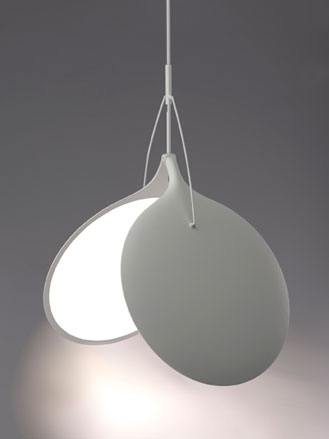
Designer Johanna Schoemaker's Clam OLED lamp is a matte white lighting fixture that opens and closes like a flower, at the gentle tap of a remote control key pad. When closed, the award-winning entry at the super prestigious 2009 BraunPrize competition appears pupa-like and sculptural. In bloom, the soft light it emits is gentle and soothing.
The elegant and pacifying creation is the perfect rendering of Braun's 'Genius Design For A Better Everyday' theme. Now the search for a new, well thought-out, life-enhancing product is on again and the countdown to the prestigious 2012 BraunPrize begins.
Braun pioneered the functional, minimal aesthetic as far back as 1960 with gorgeously ascetic but delightfully efficient products - shelving systems, hi-fi, calculators - designed by Dieter Rams. 'Weniger, aber besser,' Rams like to say. 'Less, but better'. Establishing the Braun Prize back in 1968, the German company encouraged students to continue Rams' clean and honest approach to design.
Four decades on, the Braun creatives maintain that our everyday has become a cluttered and undefined, artificial environment of architecture and technology where the quantity of products around us is consistently increasing but their level of quality is not. 'We have surrounded ourselves by many things we don't really value, instead of focusing on fewer but better solutions to help us live our lives,' says Braun's Head of Design and Jury Chairman, Professor Oliver Grabes. 'As ever, we want to support great ideas that lead to innovative, practical, beautiful and intuitive product solutions tailored to everyday needs - the trademarks of Braun's influential design process.'
So, for the 2012 prize, Braun is asking that product concepts submitted should be developed with users' needs in mind, showing applications which support them in their everyday lives - in the home, at work, school or on a daily commute; during sports and leisure activities; or in the context of health and personal care. Concepts can address big, global problems or find simple, ingenious solutions for small, daily routines.
With such a broad and far-reaching brief, it seems rather apposite that, this year, the competition itself becomes more democratic than ever before. For the first time in the history of the BraunPrize, participation is now wide-open, not only for design students, but also for design professionals and design enthusiasts alike, all over the world - anyone at all, really. 'We want to ensure that the BraunPrize not only provides a showcase to those design students and professionals who want to pursue a career in design, but that it also encourages design enthusiasts outside of an academic context to enter,' explains Oliver Grabes
Reflecting its commitment to sustainable development, Braun has created a new BraunPrize Sustainability Award category that will recognize and reward design projects with a particularly strong focus on sustainable solutions for living.
Wallpaper* Newsletter
Receive our daily digest of inspiration, escapism and design stories from around the world direct to your inbox.
Naoto Fukasawa, Jane Fulton Suri and Anne Berger are already confirmed as jury members of the 2012 BraunPrize, and will all be in attendance at the lavish BraunPrize Ceremony on 26 September 2012, in Kronberg, Germany.
Johanna Shoemaker has fond memories of her own victory in 2009. 'I think the Braun Prize is quite different from many other awards in the industry,' says the lighting designer, now based in Seattle. 'There's a staggered judging process with a final presentation to a large audience of design professionals. Using a democratic process, the winner is elected. This effort makes the Braun Prize extremely credible, an exciting experience for the participants and an aspirational event for design students worldwide. '
There's also a cash incentive. Successful applicants can take advantage of financial bursaries: The overall prize money for 2010 has been raised to a total of US$100,000. The global winners will receive US$15,000 while the winners of the Sustainability Award will take away US$5,000 and will be invited to participate at the 2013 ICSDCE sustainability conference.
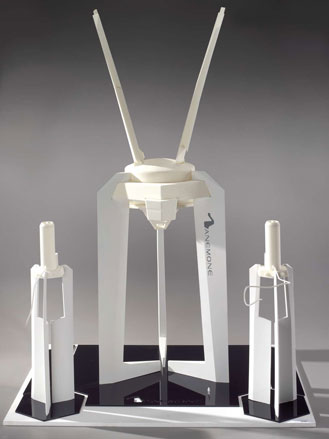
Finalist: 'Anemone' ship hull cleaner, by Stephan Zimmermann
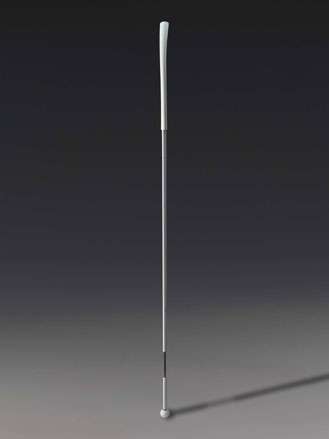
Finalist: 'White cane' mobility tool for blind people, by Tobias Stuntebeck
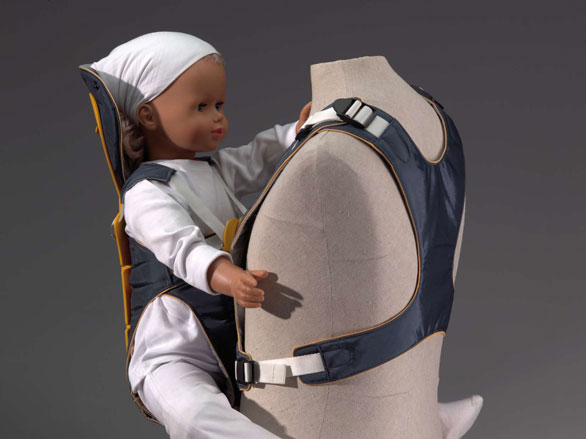
Finalist: 'Skylino', an infant carriage device for flight safety, by Karsten Willmann
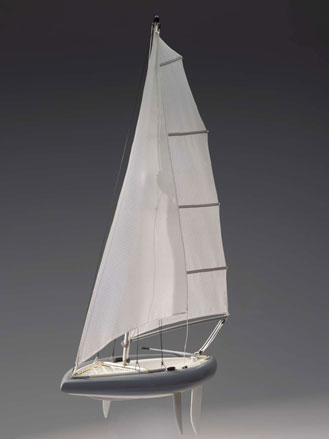
'Aquatic Companion', a compact, foldable, inflatable sailboat, by Marco Lenger
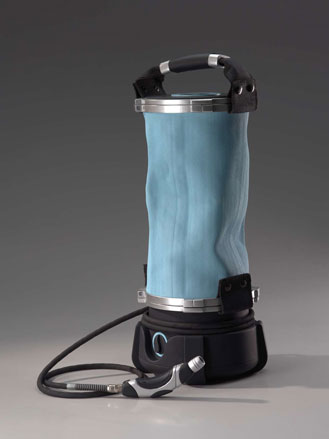
'Lotos', a compact high-pressure washer developed specially for mobile use, by Sascha Seibert
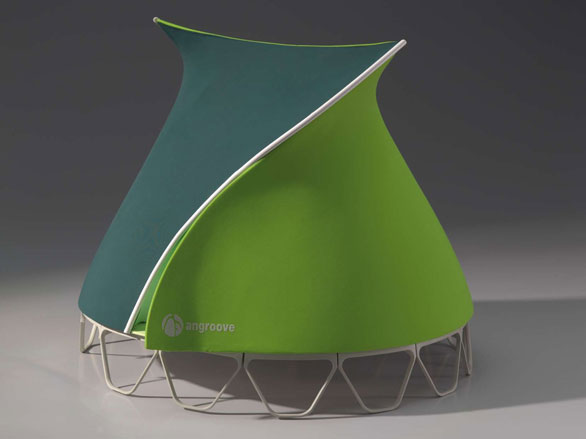
'Mangroove' tent, by Valentina Ansel
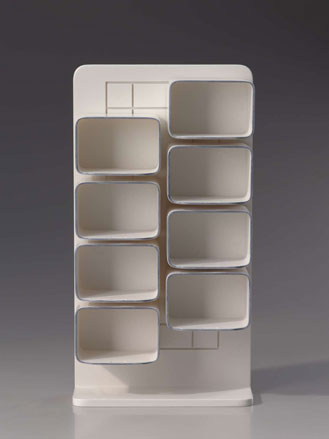
'Mobile', a shelf/closet system with moveable, interchangeable modules, by Michał Kracik
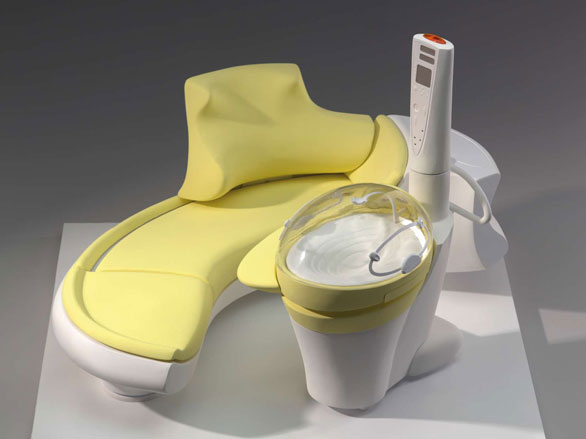
'Abrazo', a series of devices for providing intensive care to prematurely born babies, by Guillermo L Gonzáles
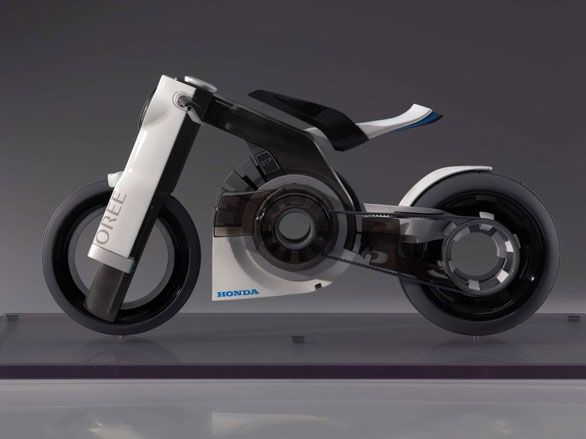
'Oree' electric motorbike, by Andre Federico Look and Niko Albertus
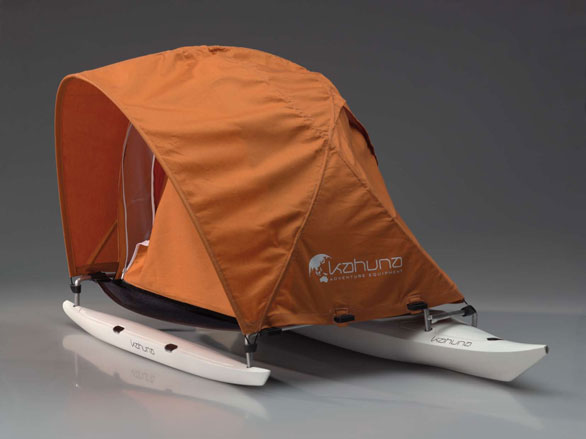
'Kahuna', a natural fibre composite kayak that transforms into a tent, by Mario Weiss and Damian Fankhauser
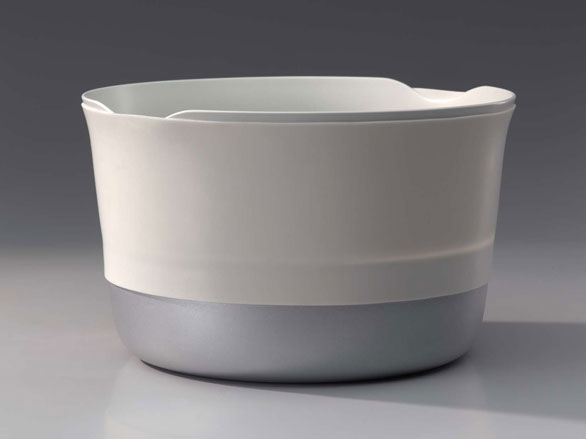
'Eintopf' cooking pot, by Barbara Ott
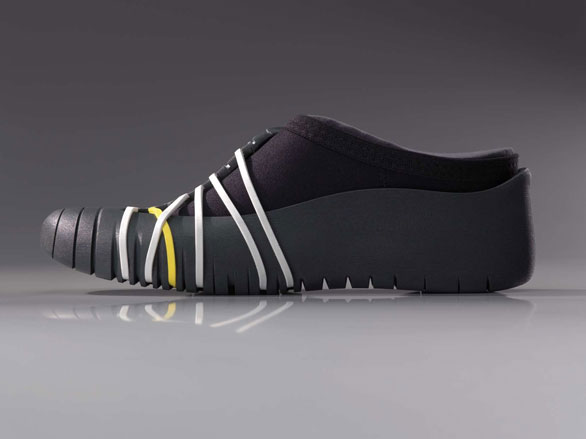
'980 Tatou' training shoe designed for ‘Le Parkour', by Annika Lüber
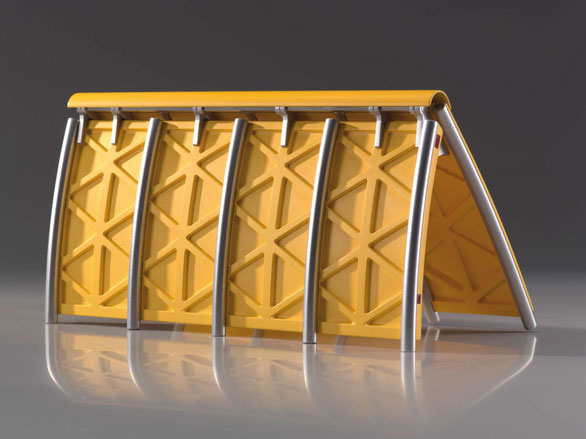
'Tri-Surviving', a life-saving device for miners, by Fei-Yi Mao and Shu Yuan
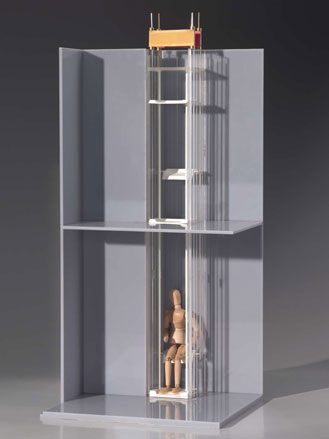
'Flupper' elevator, by Rombout Frieling
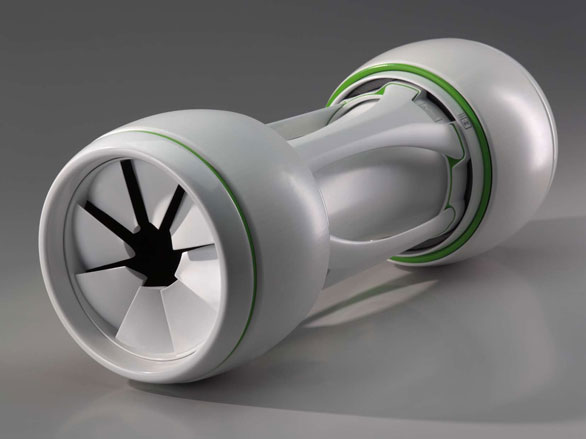
'Tubebot', an autonomous maintenance robot designed for use in the piping of urban drinking water systems, by Josef Niedermeier, Jonathan Herrle and Ralf Kittmann
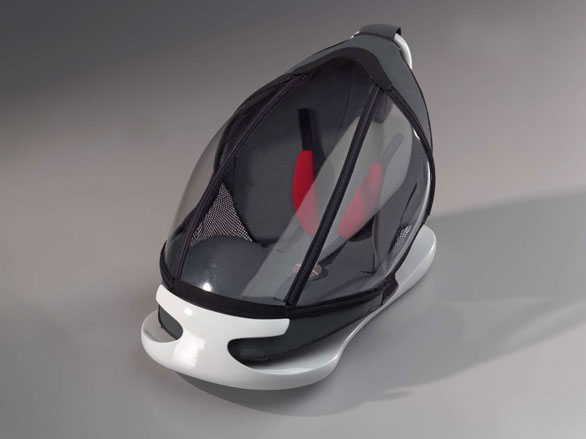
'Neo-sled' for cross-country skiers, by Julia Eschment
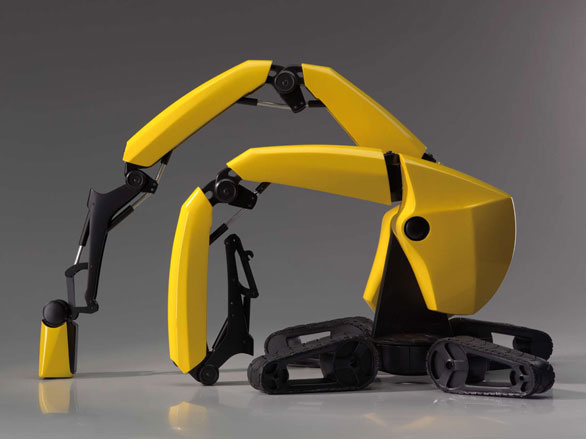
'Kaputt.R', a demolition robot designed to work autonomously in buildings, by Florian Wille, Bernhard Ranner, Anton Weichselbraun and Erol Kursani
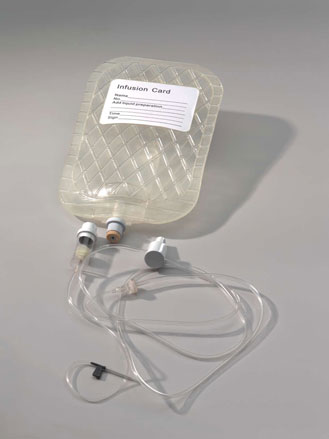
A transfusion system for first aid that doesn't rely on gravity, by Dai Yali, Zhang Bolun, Lee Huanshan, Wu Minshuo and Zhao Yu
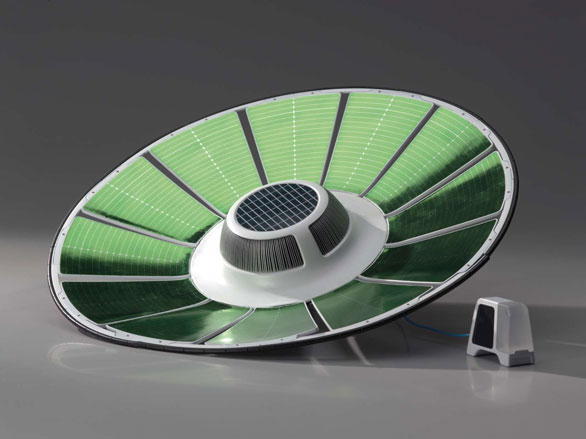
'Bloom' renewable electric energy generator, by Tero Saari
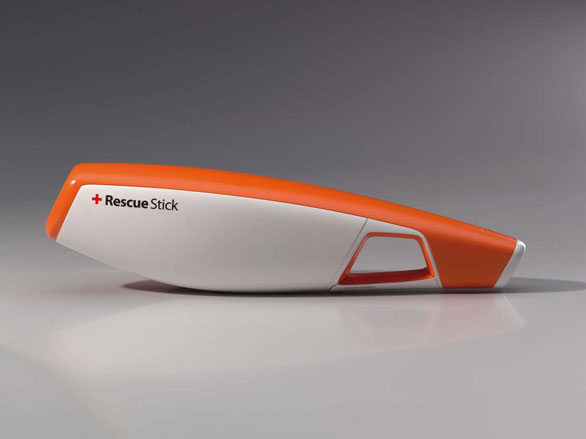
'Rescue stick' for sea emergencies, by Sungjoon Kim, Jangwoon Kim, Sook-Kyung Lee, Keunhwan Pack
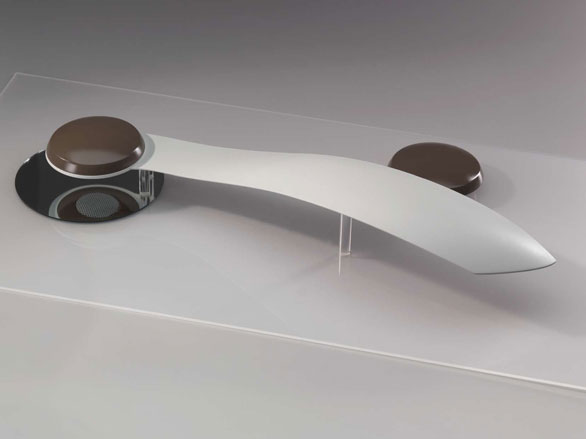
Autonomic volcano-monitoring system, by Michael Kaufmann
-
 All-In is the Paris-based label making full-force fashion for main character dressing
All-In is the Paris-based label making full-force fashion for main character dressingPart of our monthly Uprising series, Wallpaper* meets Benjamin Barron and Bror August Vestbø of All-In, the LVMH Prize-nominated label which bases its collections on a riotous cast of characters – real and imagined
By Orla Brennan
-
 Maserati joins forces with Giorgetti for a turbo-charged relationship
Maserati joins forces with Giorgetti for a turbo-charged relationshipAnnouncing their marriage during Milan Design Week, the brands unveiled a collection, a car and a long term commitment
By Hugo Macdonald
-
 Through an innovative new training program, Poltrona Frau aims to safeguard Italian craft
Through an innovative new training program, Poltrona Frau aims to safeguard Italian craftThe heritage furniture manufacturer is training a new generation of leather artisans
By Cristina Kiran Piotti